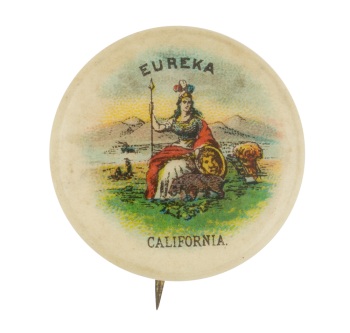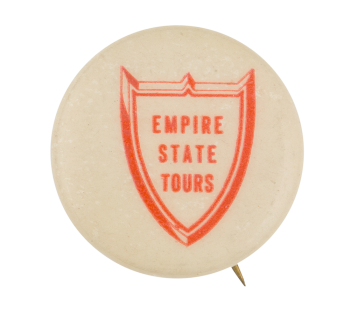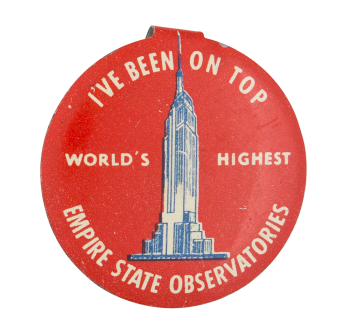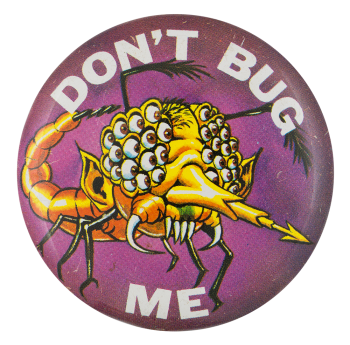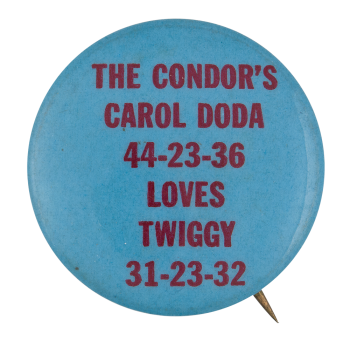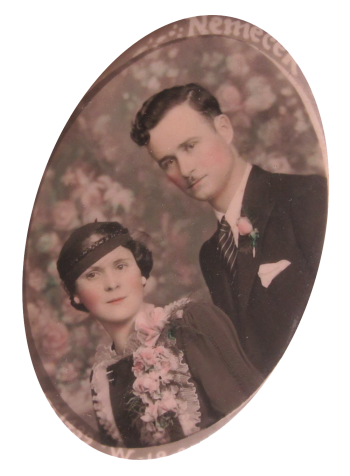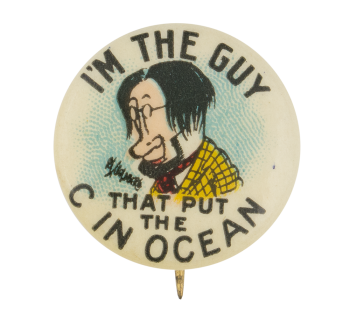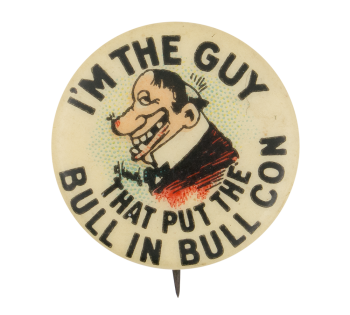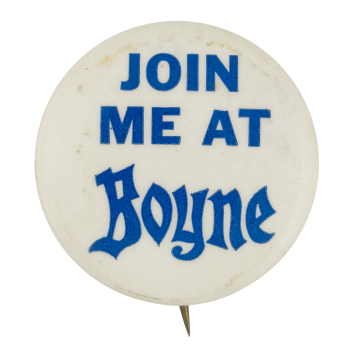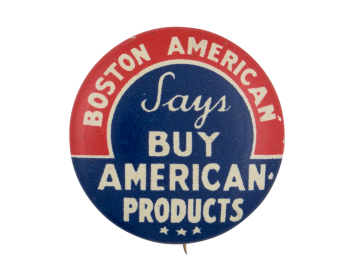Eureka California
| Category | |
|---|---|
| Additional Images | |
| Sub Categories | |
| Text on Button | EUREKA CALIFORNIA. |
| Image Description | A woman in a robe holding a shield and a spear is sitting in front of a bear in an open grassland area. There is a river and a mountain range behind her and the sun is rising from behind the mountains. The text is small and black, with one word above and one below the image. |
| Back Paper / Back Info |
SWEET CAPORAL CIGARETTE BUTTONS MADE BY THE WHITEHEAD & HOAG CO. NEWARK , N.J. PAT JULY 21 1896 PAT. JUNE 17 1894 PAT. APRIL 14 1896 |
| Back Style | |
| The Shape | |
| The Size | |
| The Manufacturer | |
| Additional Information | Eureka, California, is a small town located north of San Francisco in Humboldt Bay. Although Eureka is small, with a population of 27,191 after the 2010 census, Eureka is still the largest coastal city between San Francisco and Portland. Europeans began settling the Eureka area in the mid-nineteenth century. Eureka was officially incorporated on April 18, 1850. The town began to prosper as a result of timber and fishing and eventually as a port for gold mining supplies. The economy of the town has always been in flux as the timber and fishing industries ebb and flow as far as prosperity. The city’s major employers today include government institutions such as the College of the Redwoods and St. Joseph Hospital. Eureka is one of the United States best-preserved Victorian era commercial districts. The entire town is a national historic landmark. The image that appears on this button is a representation of the city seal, which is identical to the California state seal. |
| Catalog ID | AD0326 |

